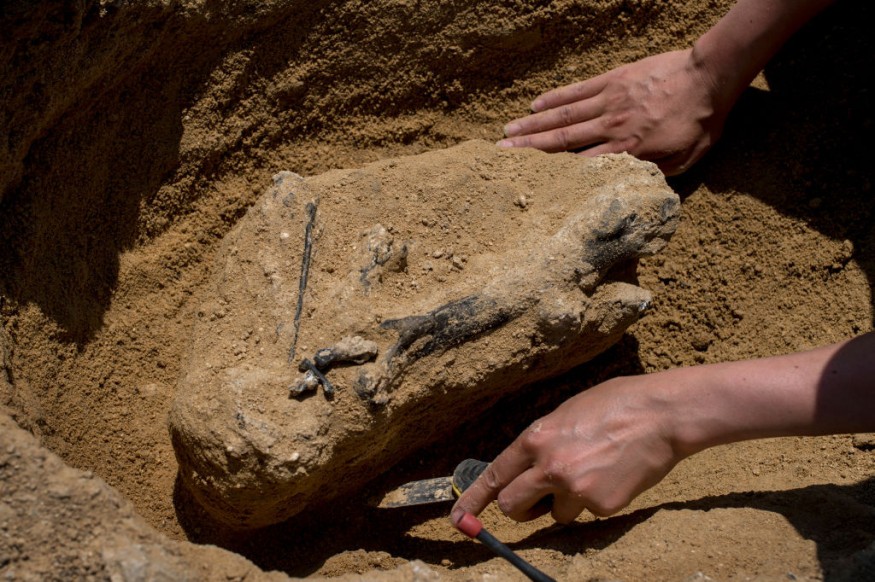Stone age hominids called Denisovans have long been speculated to be close Neanderthal relatives.
With a new study's discovery of a possible Denisovan girl's fossil tooth in Laos, scientists may soon confirm that ancient humans lived as well in Southeast Asia hundreds of thousands of years ago.
The ground-breaking finding also reinforces the Pleistocene presence of the genus Homo in the Asian sub-continent in addition to previous evidence of stone tool records and mysterious human remains long before the emergence of modern humans.
Due to the new research, a growing body of knowledge seems to incline toward the notion that Denisovans are more related to Homo sapiens rather than the Neanderthals.
However, academic contestations are still underway to decide the designation of the stone age hominids.
Denisovan Girl Fossil Tooth

In the new paper published in the journal Nature Communications on Tuesday, May 17, researchers report a Middle Pleistocene hominin specimen from Laos, along with the unearthing of a Denisovan molar at the Tam Ngu Hao 2 limestone cave, also called Cobra Cave, in the Annamite Mountains.
Analyses in the study reveal the specimen includes a tooth fossil, likely from a female Homo individual.
The research team came up with the partial designation after they compared a related specimen in China, indicating that both belong to the same taxon and plausibly represent a Denisovan.
The team said that the Denisovan girl probably died between the ages of 3.5 and 8.5 due to the fossil tooth's internal structure and protein makeup where the molar came from.
The research was conducted by Fabrice Demeter, a paleoanthropologist at the University of Copenhagen in Denmark, along with his colleagues.
Also Read: Mysterious Fossil Found in Siberian Cave May be Oldest-Known Sample of Rare Human Lineage
Hominin Species
Demeter states there already appear to be at least five Homo species, including Denisovans, that have lived in Southeast Asia between 150,000 to 40,000 years ago, according to Demeter, as cited by Science News.
The said genus includes modern humans, including Homo sapiens, and the other several extinct human species, such as Homo erectus, Homo luzonensis¸ and Homo floresiensis (also called hobbits), Demeter says.
According to the Smithsonian National Museum of Natural History, Homo sapiens have evolved from Africa starting 300,000 years ago.
Through food gathering and hunting, the species became the largest and most widespread population of the order Primates and the family Hominidae.
With the discovery of the potential Denisovan girl's fossil tooth in Southeast Asia, the new study confirmed the presence of ancient humans in Central Asia, thousands of miles away from the sole origin of the Homo sapiens.
Stone Age Hominids
Meanwhile, the existence of Denisovans ranges from around 500,000 to 30,000 years ago.
The timetable is based on the dating of some fossils analyzed through genetic studies and sediment analysis, according to The Australian Museum.
Furthermore, the museum highlights the Denisovans were the first ancient hominin species to be unraveled by their genetic data rather than fossil classification.
These stone-age hominid fossils were first found and named after the Denisova Cave in Russia.
© 2025 NatureWorldNews.com All rights reserved. Do not reproduce without permission.





